As autumn’s vibrant hues fade, Gilgit-Baltistan embraces its most serene and enchanting season: winter. Typically spanning from December to February, and sometimes extending into early March, this period transforms the rugged landscapes into a pristine, snow-covered wonderland. Temperatures drop significantly, blanketing valleys, mountains, and trees in a thick, ethereal layer of white.
Winter in Gilgit-Baltistan offers a unique beauty of stark contrasts – the crisp, cold air, the hushed silence of snow-laden valleys, and the dramatic backdrop of snow-capped giants. For locals, it’s a time of quiet resilience, focusing on indoor activities, communal bonding around warm hearths, and relying on the harvests stored during warmer months. For adventurous tourists, it presents a magical, less-explored side of the region, emphasizing serene landscapes, cozy village life, and the warmth of legendary Gilgit-Baltistan hospitality. It’s when the region truly turns into a peaceful, frosty paradise. To explore how the region transforms throughout the year, discover our guides on Spring in Gilgit-Baltistan, Summer in Gilgit-Baltistan, and Autumn in Gilgit-Baltistan.
Here’s a glimpse into the magic of winter as it unfolds month by month:
| Month | Natural Highlights | Cultural Activities/Harvest Focus | Activities & Experiences |
| December | Early snowfall; crisp, clear days; frozen lakes begin to form. | Nasalo/Nisalo (meat preservation rituals); beginning of indoor gatherings & storytelling. | Enjoying local winter foods; cultural immersion in villages; short, easy walks. |
| January | Deep snow cover across most valleys; frozen rivers/lakes; stark, dramatic mountain views. | Local folk music sessions; communal indoor games; preparation for spring. | Skiing (Naltar); ice skating (if conditions allow); photography of snowscapes. |
| February | Continued heavy snow; intense cold; occasional breaks with bright sunshine; signs of coming spring in late month. | Traditional indoor craft-making; community gatherings. | Winter trekking (for experienced); cozy guesthouse stays; local market visits for winter goods. |
🏞️ Natural Beauty and Landscape During Winter
Winter completely redefines the visual narrative of Gilgit-Baltistan, transforming its already majestic landscapes into a scene of pristine, almost mystical beauty. Valleys like Skardu, Naltar, Ghizer, and even parts of Hunza become vast canvases of white, with everything blanketed in deep snow.
The towering mountains, now entirely covered in snow and ice, stand as silent, imposing sentinels under often brilliant, clear blue skies. Rivers and lakes, where conditions allow, freeze over, creating stunning, glassy surfaces that reflect the dramatic winter light. The air is exceptionally crisp, and the silence is profound, broken only by the occasional crunch of snow or the distant call of a bird. Even in Gilgit city, the surrounding peaks gain a dramatic, snow-dusted elegance. The stark beauty of the bare trees, outlined against the white, adds to the captivating winter aesthetic.
Photo Opportunity: Capture the ethereal beauty of a frozen Satpara Lake near Skardu, or the pristine, snow-covered pine forests of Naltar Valley.
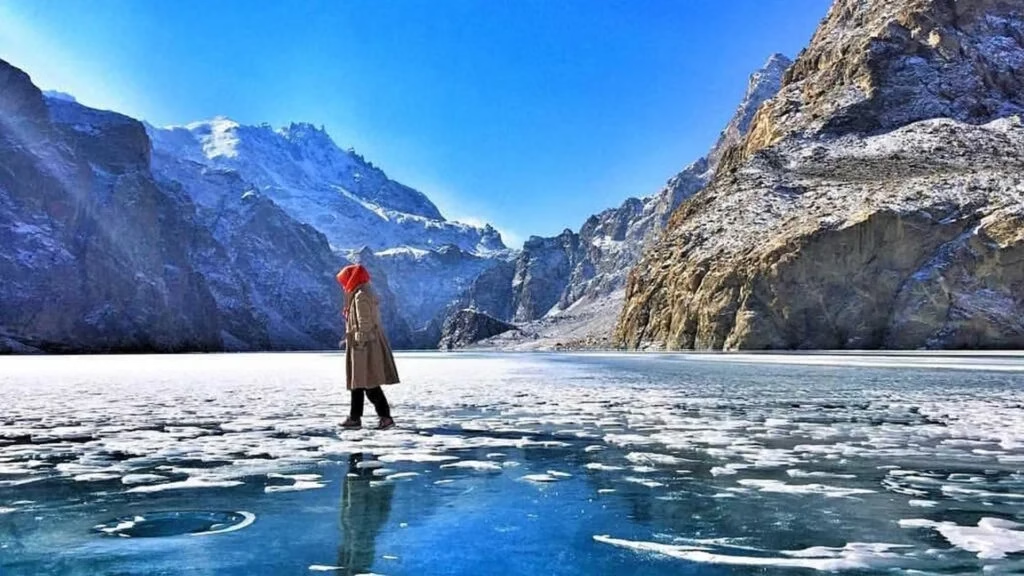
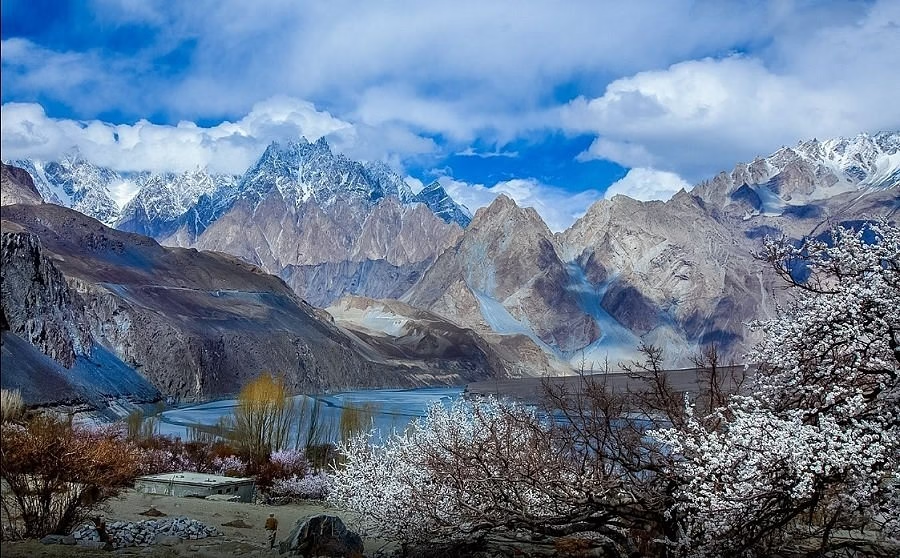
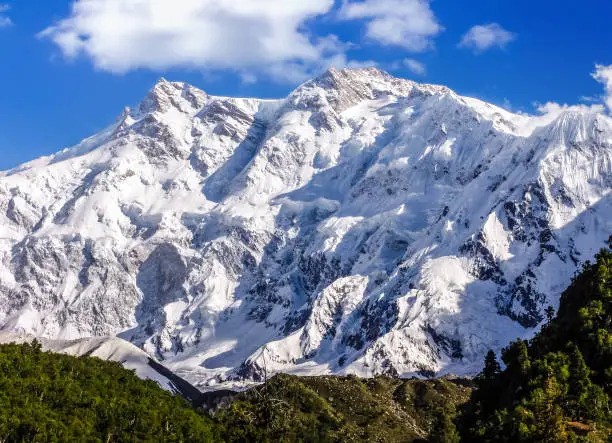
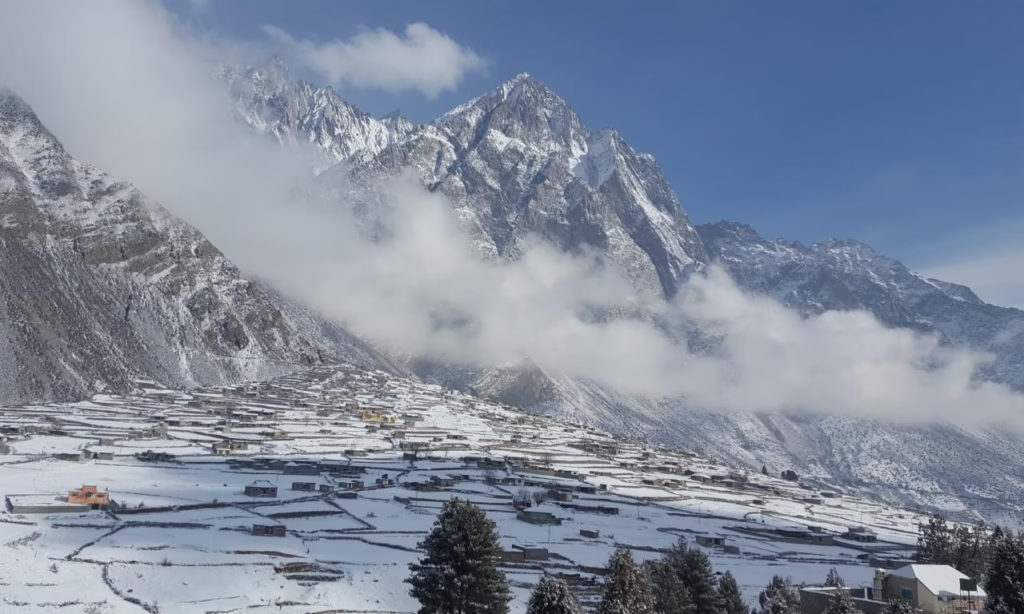
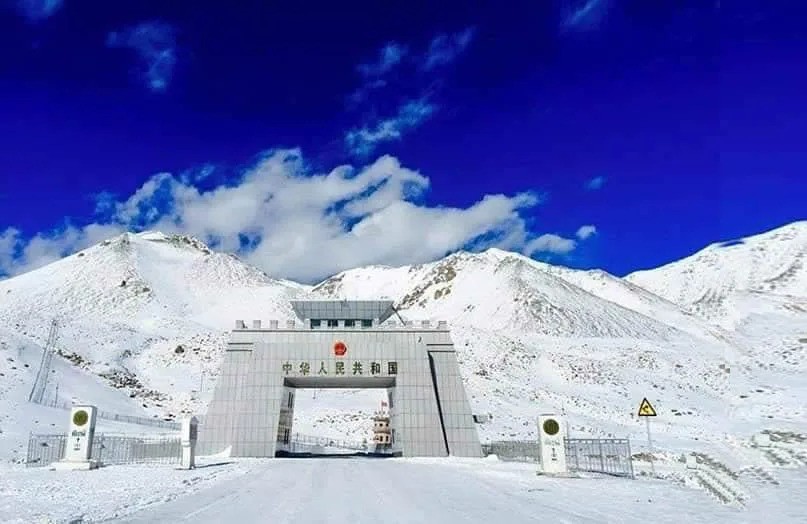
🎉 Festivals and Cultural Activities
Winter in Gilgit-Baltistan is a time when cultural life often moves indoors, but it’s no less vibrant. The cold season brings unique traditions and practices focused on community bonding and sustenance.
- Nasalo/Nisalo (Meat Preservation Rituals): Primarily observed in the colder months (often November/December), this is not a single festival but a crucial communal practice involving the drying and preservation of meat for winter. Families come together to prepare large quantities of dried meat (Nasalo), which is essential for sustenance during months when fresh provisions are scarce. It’s a time of shared labor and preparing for resilience.
- Ginani/Gineeni (Winter Aspects): While often celebrated in summer, some communities have winter-related rituals or smaller gatherings under the broader Ginani umbrella, focusing on the preservation of seeds and stored grains, or offering prayers for a mild winter and a prosperous spring.
- Indoor Cultural Gatherings: Long winter evenings are perfect for fostering communal bonds. Families and neighbors gather in traditional homes, warmed by wood fires or bukhari stoves. These sessions are rich with:
- Storytelling: Elders pass down ancient folk tales, historical narratives, and traditional wisdom.
- Folk Music Sessions: Local musicians play traditional instruments like the surnai and dadang, often accompanied by impromptu singing and dancing, creating a lively atmosphere.
- Games: Traditional indoor games and riddles are popular ways to pass the long hours and engage all generations.
- Winter Sports Events: Where conditions are suitable, some areas like Naltar may host small-scale ice hockey tournaments or ice skating events on frozen lakes, bringing a sporty flair to the winter months. For a deeper dive into the rich customs, explore our blog on Gilgit-Baltistan Culture and Traditions.
These winter activities highlight the resilience and strong communal spirit of the people, turning a harsh season into a time of rich cultural exchange and warmth.
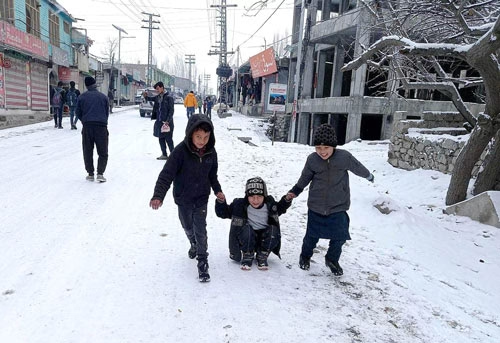
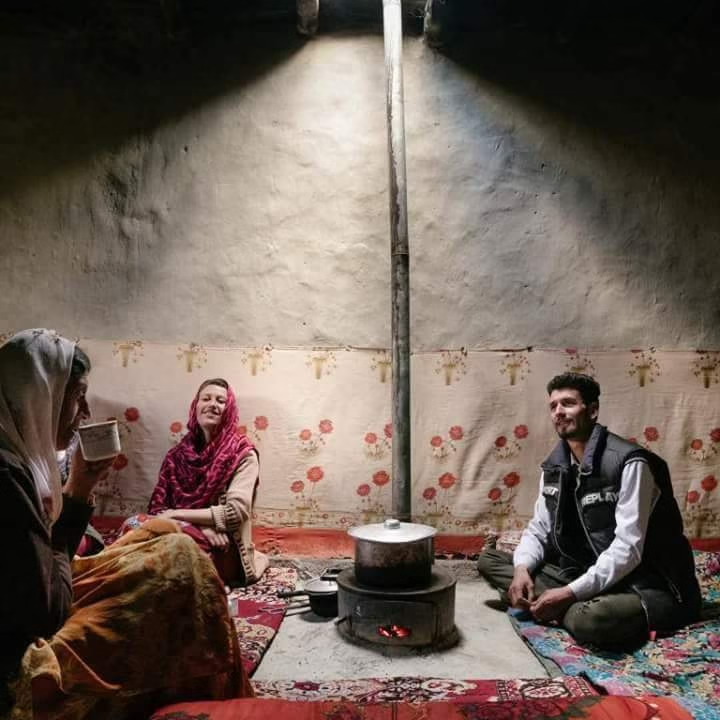
🧑🌾 Farming and Sustenance
Winter is largely a dormant season for agriculture in Gilgit-Baltistan. The land rests under a blanket of snow, and outdoor farming activities come to a halt. The focus shifts entirely to sustenance through stored provisions and livestock care.
- Reliance on Stored Harvests: Communities rely heavily on the grains (wheat, barley, maize), dried fruits (apricots, mulberries, apples), nuts (walnuts, almonds), and preserved meats (Nasalo) accumulated during the summer and autumn harvests. These stores are vital for survival through the months when fresh food is unavailable.
- Livestock Care: A significant part of winter life involves caring for livestock. Animals are kept in sheltered areas, fed with stored fodder, and meticulously looked after to ensure their survival through the cold.
- Indoor Preparations: Families spend time indoors preparing food, mending tools, and engaging in crafts that contribute to household needs and prepare for the next season. The slow pace of winter life contrasts sharply with the frantic energy of summer harvests, allowing for rest and planning.
This period truly showcases the self-sufficiency and deep understanding of natural cycles that define Gilgit-Baltistan’s communities.
🥘 Local Winter Foods and Drinks
Winter cuisine in Gilgit-Baltistan is designed to provide warmth, energy, and comfort against the biting cold. Dishes are typically hearty, calorie-dense, and often utilize stored or dried ingredients.
- Dried Meat Dishes: A staple is Nasalo (dried meat), which is rehydrated and cooked into rich stews, curries, or served with traditional breads. Its robust flavor is a winter favorite.
- Grains and Pulses: Dishes made from wheat, barley, or buckwheat flours are common, providing sustained energy. Examples include thick soups, pancakes, and various forms of local bread.
- Apricot Oil: The region’s famous apricot oil is generously used in cooking, adding richness and a distinctive flavor while providing essential fats.
- Grap (Nut-based Sweets): A delightful winter treat, Grap is a traditional sweet made from walnuts, mulberries, and other nuts, often mixed with local honey or fruit pulp. It’s an energy-packed delicacy.
- Warm Soups and Broths: Thick, nourishing soups made with vegetables, lentils, and often meat, are essential for staying warm.
- Hot Beverages: Locally brewed teas, including traditional green tea (often qehwa) and herbal infusions made from dried wild herbs, are consumed frequently to keep warm and for their medicinal properties. Salted butter tea is also a common, warming beverage.
Every meal in winter is a celebration of the previous seasons’ bounty and a testament to the community’s resilience.
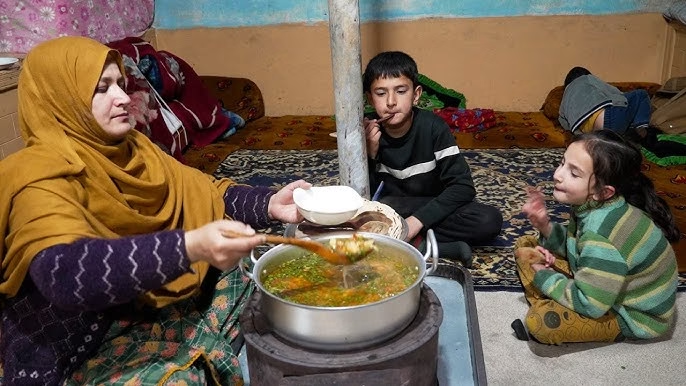
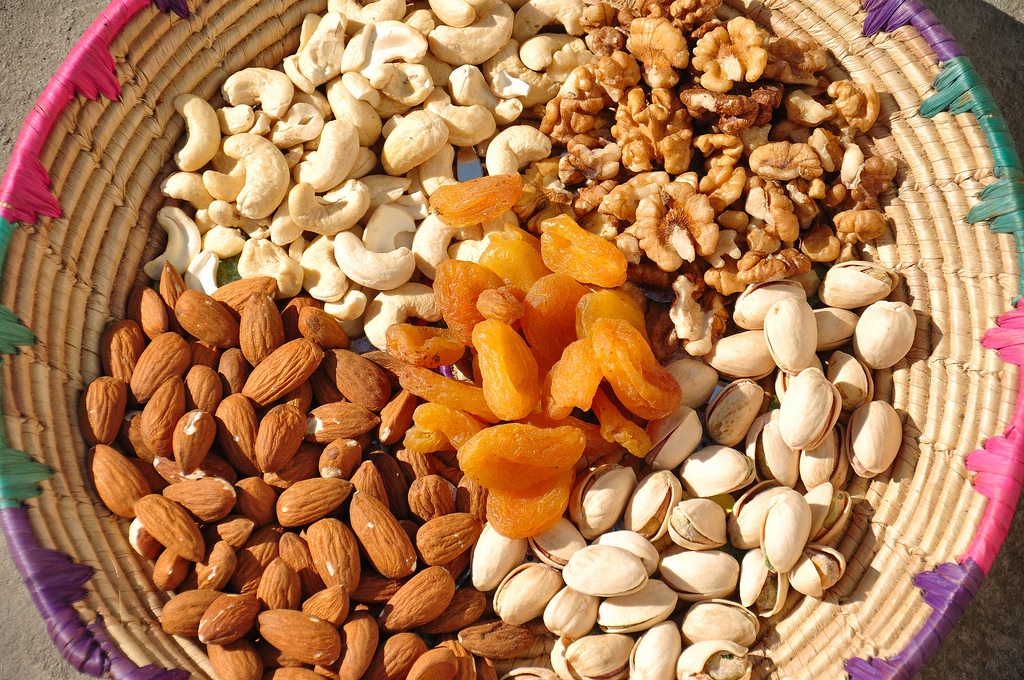
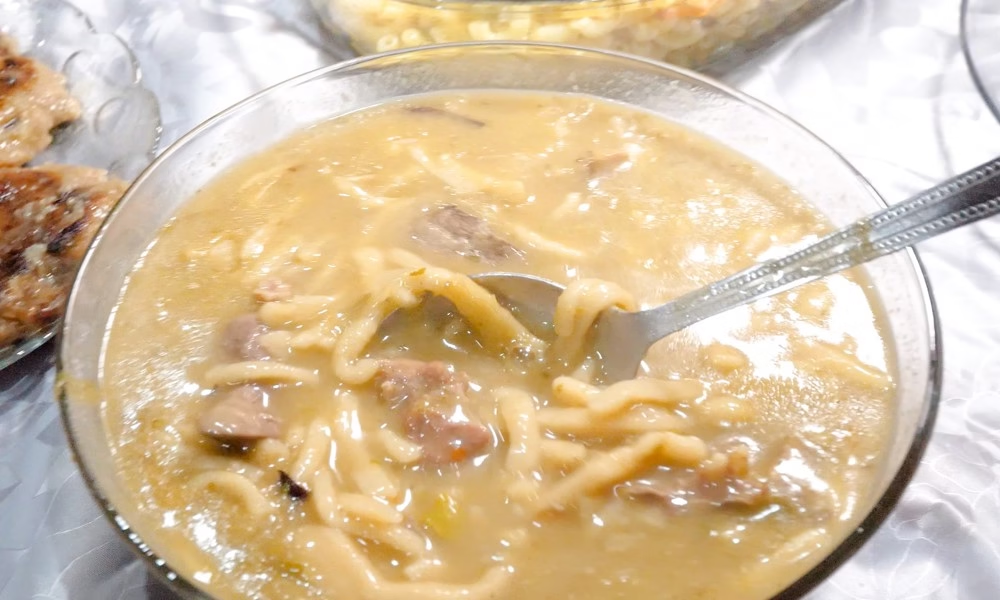
👣 Outdoor Activities & Tourism
Winter in Gilgit-Baltistan offers a distinct set of outdoor activities, catering to those who seek tranquility, snow adventures, and a more intimate cultural experience. While high-altitude trekking trails are generally inaccessible due to heavy snow, other unique opportunities emerge.
- Winter Sports:
- Skiing in Naltar: Naltar Valley is increasingly popular for skiing, with slopes suitable for various skill levels. The serene snow-covered pine forests provide a picturesque backdrop. You can find more information about skiing in Pakistan from official sources like the Pakistan Tourism Development Corporation (PTDC).
- Ice Skating: Where lakes like those in Naltar or Satpara freeze solid, locals and a few adventurous tourists might engage in ice skating or ice hockey.
- Short Walks & Snowshoeing: Shorter, guided walks in the lower valleys, often with snowshoes, allow visitors to experience the pristine snowscapes and quiet beauty.
- Photography Tours: The dramatic snow-covered landscapes, frozen rivers, and clear winter light offer unparalleled opportunities for stunning photography. Capture the stark beauty of the mountains or the cozy glow of village life under snow.
- Cultural Immersion & Village Stays: Winter is perhaps the best time for authentic cultural tourism. Staying in local guesthouses or homestays allows for deep interaction with communities, experiencing their daily life, traditions, and warm hospitality firsthand around a crackling fire.
- Limited Access: It’s important to note that many roads and passes, including Khunjerab Pass and Babusar Pass, are closed due to heavy snowfall. Travel within the region during winter often requires robust 4×4 vehicles and careful planning. Always check local weather and road conditions via National Highway Authority (NHA) Pakistan updates.
Winter tourism here is less about vast expeditions and more about intimate connection with nature and culture.
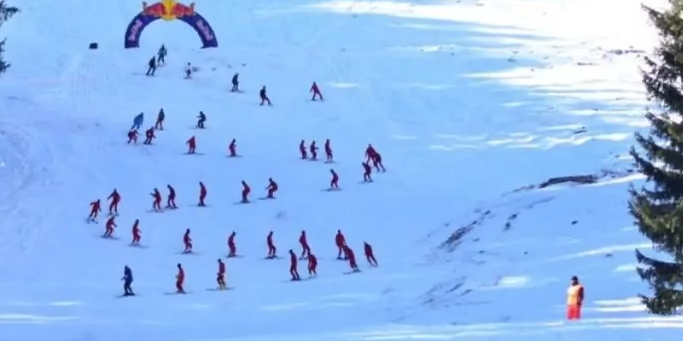
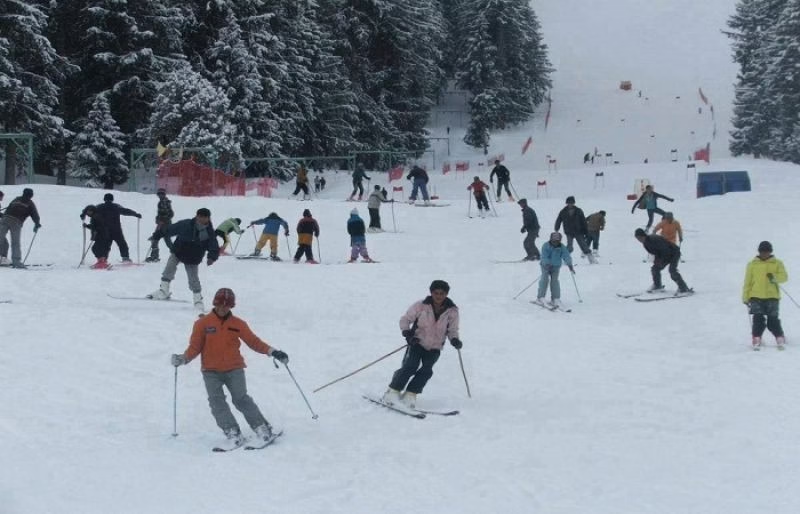
🧥 Traditional Clothing During Winter
Winter dictates the warmest and heaviest of traditional clothing in Gilgit-Baltistan, designed to provide maximum insulation against the extreme cold. Layering is key, combining practicality with cultural identity.
- Thick Woolens: Heavy woolen shalwar-kameez or thick, padded trousers and shirts form the base layers.
- Chogas: The choga, a long, thick woolen cloak, often lined with fur or padded, is a quintessential winter garment for men, providing exceptional warmth.
- Traditional Caps: The Gilgit cap (Khoi or Phartsun), typically made of wool or felt, is an essential part of men’s attire, pulled down over the ears for warmth.
- Warm Shawls: Women wear heavy, intricately embroidered woolen shawls (chaddars or dupattas) that are wrapped tightly for warmth. These are often made from high-quality local wool or pashmina.
- Thick Footwear: Traditional boots made from leather or felt, often lined with wool, are worn to protect against snow and cold.
This traditional winter fashion not only offers protection but also reflects the enduring cultural heritage and the ingenuity of adapting to the harsh mountain environment.
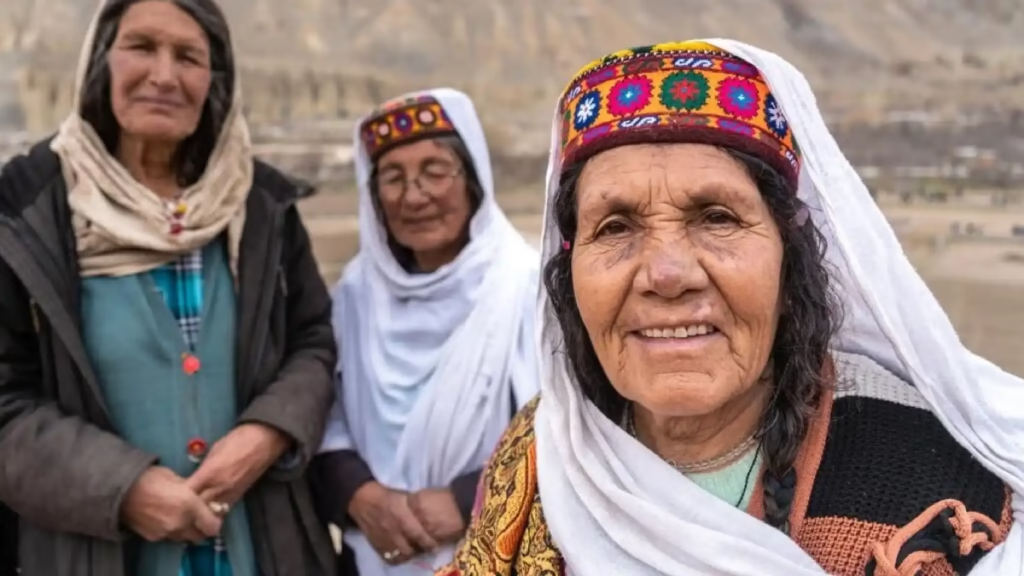
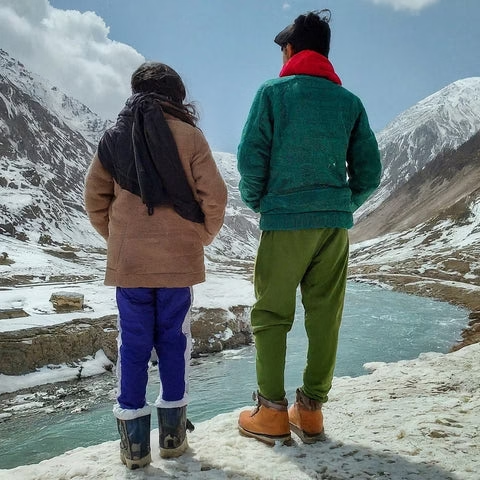
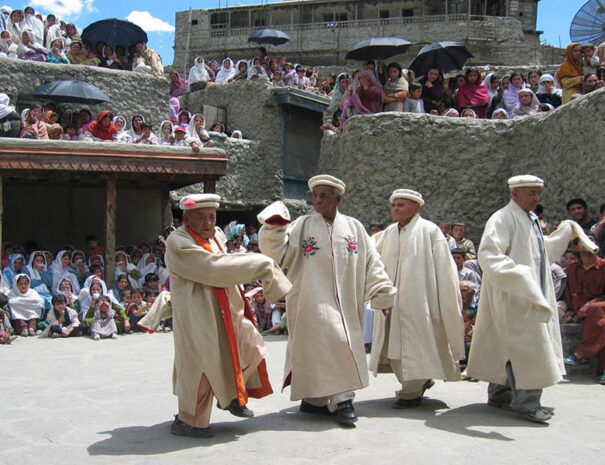
🛍️ Handicrafts & Markets
Winter, with its prolonged indoor hours, is the primary season for handicraft production in Gilgit-Baltistan. While tourist activity slows, artisans dedicate themselves to creating the exquisite pieces that will be sold in the bustling markets of spring and summer.
- Indoor Crafting: Women and men engage in weaving, embroidery, wood carving, and jewelry making within the warmth of their homes. This is a time for meticulous work, perfecting techniques, and producing high-quality items.
- Specialized Winter Crafts: Expect to see the creation of exceptionally warm woolen shawls, caps, and socks. Hand-knitted items and intricately woven carpets are also prominent.
- Local Markets for Essentials: While tourist-oriented craft fairs are less frequent, local markets remain active, supplying communities with essential winter provisions, dried fruits, nuts, and any necessary tools or materials for indoor work.
- Preparation for Future Seasons: Much of the winter production is geared towards the upcoming spring and summer tourist seasons, ensuring a fresh stock of beautiful, handmade souvenirs.
Winter crafts are a testament to the resilience, artistry, and self-sufficiency of the Gilgit-Baltistan communities.
🙌 Community and Spiritual Traditions
Winter in Gilgit-Baltistan profoundly deepens community bonds and spiritual life. The long, cold months naturally lead to more indoor interactions and communal support.
- Stronger Communal Bonds: Families and neighbors gather frequently, sharing stories, meals, and warmth. This period reinforces the strong social fabric and interdependence crucial for mountain life.
- Storytelling & Oral Traditions: The long evenings are a perfect setting for the continuation of ancient oral traditions. Elders recount historical tales, myths, and folklore, preserving cultural memory for younger generations.
- Folk Music & Dance: Regular informal sessions of folk music and dance serve as entertainment and a way to express cultural identity and joy even in the midst of winter’s challenges.
- Resilience and Gratitude: There’s a tangible spirit of resilience and gratitude for the successful harvests that sustain them. Spiritual practices often focus on prayers for a mild winter, good health, and the coming of a prosperous spring.
- Ancient & Islamic Influences: The spiritual life during winter continues to reflect the unique blend of ancient beliefs (some pre-Islamic and Buddhist influences, especially in Baltistan) and the predominant Islamic traditions, all contributing to a holistic worldview that emphasizes harmony with nature and community.
Winter highlights the resilience, interdependence, and spiritual connection to the land that defines the people of Gilgit-Baltistan.
🌄 Conclusion
Winter in Gilgit-Baltistan is an experience of profound tranquility and unique beauty. It’s a season where the majestic mountains are draped in pristine white, where the air is crisp and silent, and where the true warmth comes from the hospitality of its people and the strength of its communities. From the serenity of snow-covered landscapes to the richness of indoor cultural traditions, every moment contributes to an unforgettable tapestry.
This region is a genuine winter wonderland, offering a distinct blend of natural splendor and deep-rooted culture. If you’re planning to visit Gilgit-Baltistan, winter offers a soulful, intimate experience unlike any other, revealing the quiet resilience and immense warmth of its heart. Come and discover the magic of a Gilgit-Baltistan winter for yourself!